Dental X-Rays Fast and Easy Way to Help You Pinpoint Countless Oral Diseases
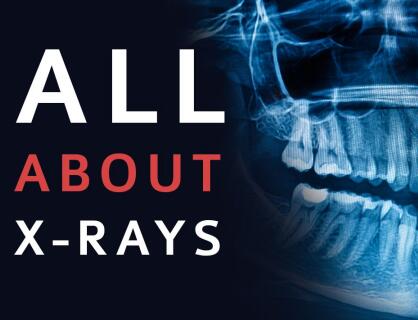
Dental X-rays or radiographs are an important part of any dental care treatment plan.
These X-rays have been around as long as those infamous grinding drills we used to endure with tears streaming from our eyes. Dental X-rays are diagnostic as well as preventative. Dentists are able to diagnose potential dental problems before they become a major issue.
Dental X-rays were a wonderful breakthrough helping dentists to pinpoint countless cavities and provide the appropriate treatment.
How Dental X-Rays Fast and Easy to Pinpoint Countless Oral Diseases?
The images taken from dental X-rays provide you with valuable information about your patient teeth and gums and help you plan the best treatment for any problems. You can also use the information from an X-ray to identify infections, abscesses, even small cysts and tumors. X-rays can even help identify developmental abnormalities, such as impacted wisdom teeth.
The appearance of fillings and crowns on an X-ray depends on what they are made of. Some appear dark and some appear light. No matter what type of dental restoration or implant the patients have, you can use X-rays to help identify any areas that need attention or adjustment.
This means that patients can get faster and more effective dental care.
Dental X-rays Digital vs Traditional
|
Traditional Dental X-rays Traditional dental radiography has been around since the 19th The machine is included with an anode and cathode However, the effectiveness of Traditional X-ray in the dental industry |
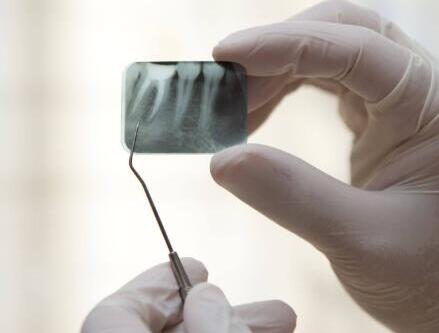 |
Benefits of Traditional Dental X-Rays
Disadvantages of Traditional Dental X-Rays
|
Digital Dental X-Rays
Every dentist wants to provide effective and quality dental services
Apart from following in the trend of modern technology, dentists are
|
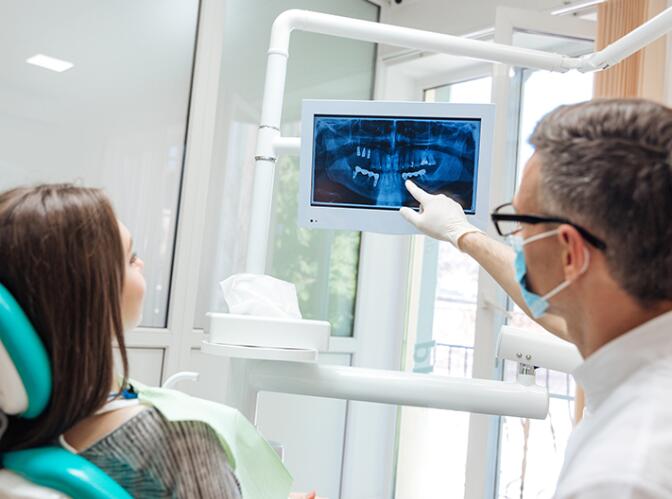 |
Benefits of Digital Dental X-Rays
Disadvantages of Digital Dental X-Rays
Dental X-Ray Aprons Are Necessary?
Of course, the machines used for dental X-rays do involve radiation, but the amount of exposure is extremely small, which is why studies have shown that dental X-rays are safe for most people in most situations.
Although the amount of radiation in dental X-rays is quite low and the procedure is safe, but pregnant women, children, and women of childbearing age should wear Dental X-Ray Aprons when getting dental X-rays.
As a dentist, you will always be exposed to X-rays. The machines used for dental X-rays do involve radiation but the amount of exposure is extremely small. However, small doses over time can add up to cell damage which is why we recommend you should usage Dental X-Ray Aprons.
Dental x-ray aprons protect patients and clinicians from exposure to radiation during routine dental x-ray imaging. These aprons are heavy because they are filled with lead or similar material capable of stopping radiation from passing through to reach the patient or clinician. The higher the lead equivalent, the better the protection effect. The lead equivalent usually has two types, it is 0.5mmpb and 0.35mmpb. Some x-ray aprons include a thyroid collar to protect the wearer's neck. These protective aprons should be durable and easy to clean. They often are available in a range of sizes, colors and even patterns. Be sure to have different sizes available in your practice to be ready for any patient.


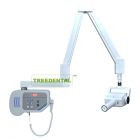
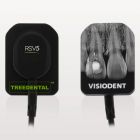

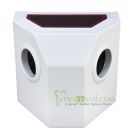


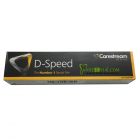
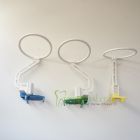

 Customers rate us 5.0/5 based on 1000+ reviews.
Customers rate us 5.0/5 based on 1000+ reviews.